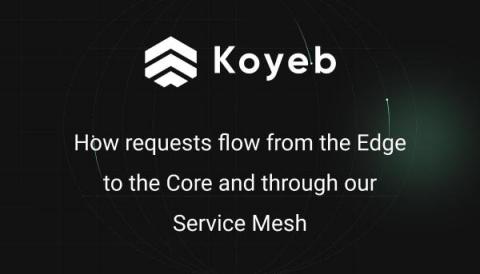Leveraging Automation Technologies for Data Governance
Modern Data Foundation for AI-Driven Results The following is Part II of a three-part series. In Part I of this series, I noted the following: “With just a few clicks on my smart device, I can review data on every place I’ve been, how much I spent, each step I took, what the weather was like and who I was with. Businesses collect the same abundance of data. However, are we getting the benefit and insights from what’s collected?











